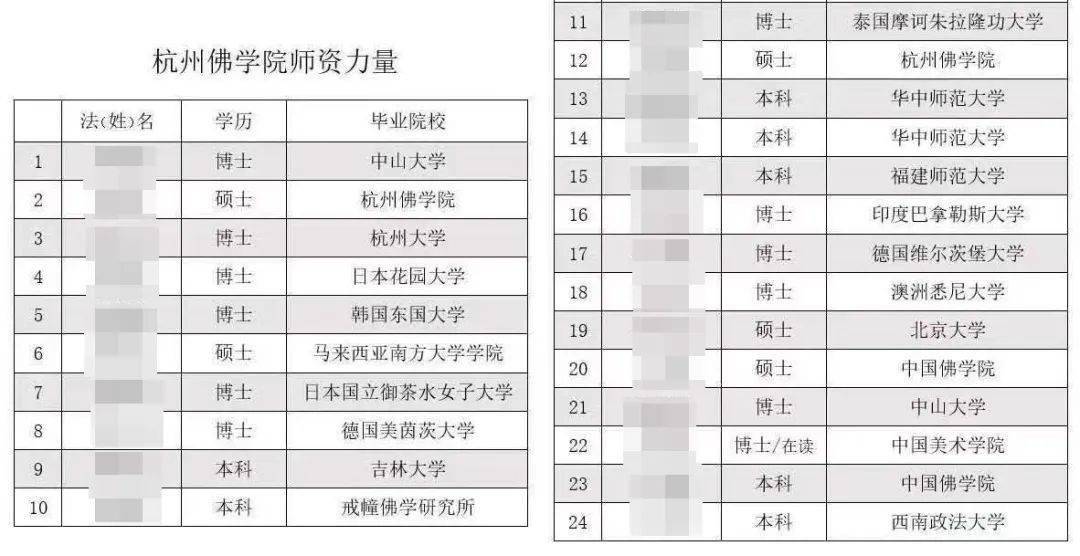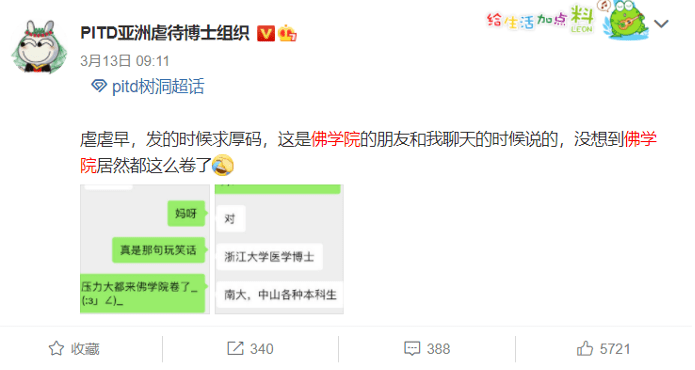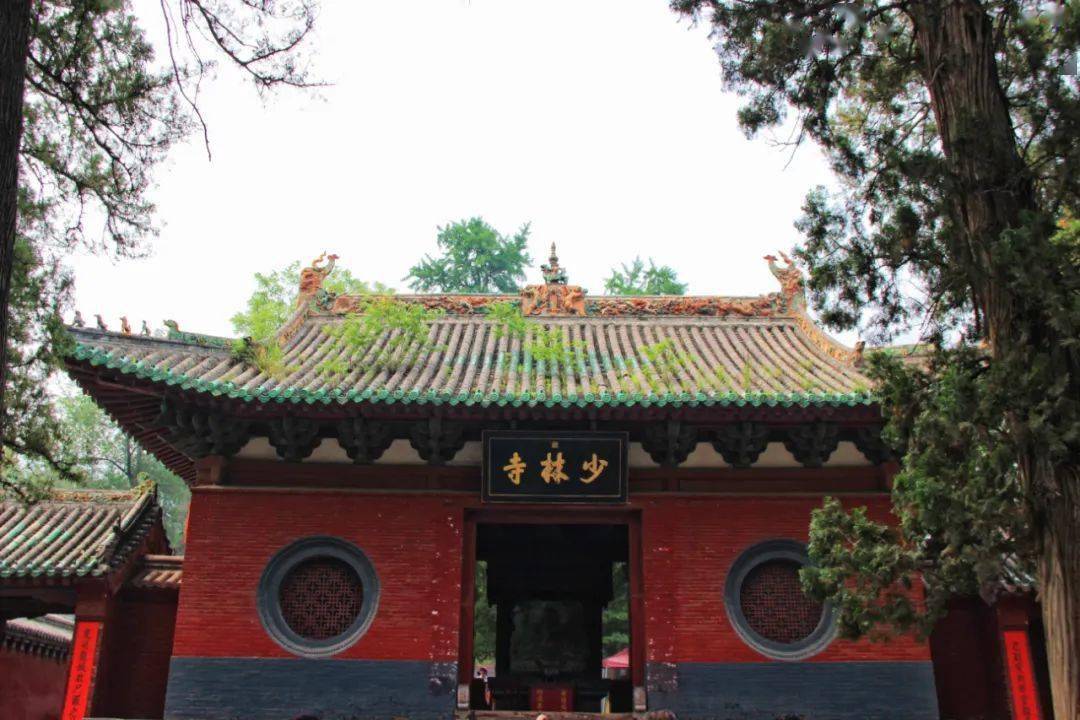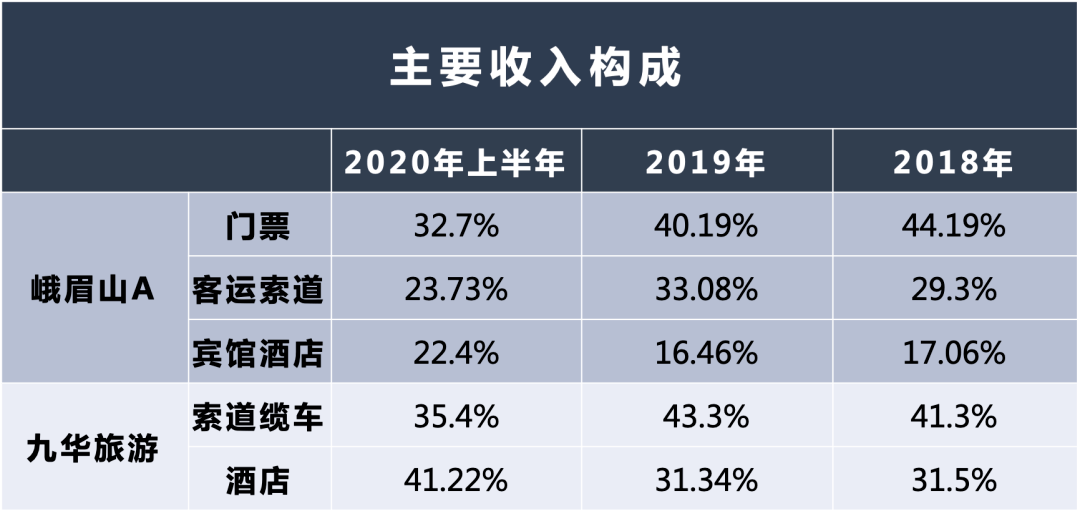The current mage can’t be a monk who can only meditate and recite sutras.
-Master Guangquan
Text / Ba Jiuling (WeChat public account: Wu Xiaobo Channel)
Put down the butcher knife and become a Buddha on the spot. This is a Buddhist proverb that everyone is familiar with.
Represents Buddhism Everyone has the door open.
But today may be a bit outdated.
A recent news has attracted more attention.
On March 24, the Lingyin Temple public account released a recruitment requirement of Hangzhou Buddhist College: recruiting high-quality teaching masters and home teachers from home and abroad.
Teaching Master means a monk who undertakes teaching work; at-home teacher means a teacher who has not officially become a monk but is also a Buddhist believer.
The key requirements are:
The monk must have a master’s degree or above, and the home teacher must have a doctor’s degree or above.

Faced with this news, many people are curious, why do Buddhist masters need a high degree of education?
What is the Buddhist Academy?
In fact, Hangzhou Buddhist College is more like a Buddhist version of a general university.
According to the definition of the official website: Approved by the State Religious Affairs Bureau, it is a comprehensive Buddhist college recognized by the Hangzhou Buddhist Association.
At present, there are the Faculty of Education, the Academy of Arts, the Academy of Foreign Languages and the Academy of Music.
The faculty members announced by the Faculty of Science and Technology of Hangzhou Buddhist College have a total of 24 people, including 7 undergraduates, 5 masters, and 12 doctors. And many come from domestic first-class universities such as Peking University and Sun Yat-sen University and well-known overseas universities.

In addition to recruiting teachers, Hangzhou Buddhist College is also simultaneously recruiting students: it mainly has two levels of undergraduate and postgraduate teaching, enrolling 30 and 10 students respectively.
Undergraduates require at least a high school diploma; postgraduates require a diploma from an intermediate Buddhist college or a junior college or bachelor degree, as well as a written test and an interview.
According to the Weibo V “PITD Asia Abuse Doctors Organization”, the freshmen of a Buddhist college in China include medical doctors from Zhejiang University, undergraduates from Nanjing University and Sun Yat-sen University.

The minibus flipped through the study courses of Hangzhou Buddhist College and other Buddhist colleges. In addition to general Buddhist courses, both undergraduates and graduate students need to learn “Mao”, English, and principles of economics.

In summary, the teachers of the Buddhist College are highly educated, and the students also require a certain degree of education. The curriculum is not limited to Buddhism. In other words, Now the Buddhist academy is not training monks in the traditional sense.
What kind of monk is it?
The abbot of Hangzhou Lingyin Temple and the dean of the Hangzhou Buddhist College, said Master Guangquan: “The current masters can’t be monks who only meditate and recite sutras. They need to manage the temple and be responsible for the planning and construction of the temple. The believers communicate and cooperate with the outside world and even foreign institutions to carry out activities.”
In this way, it is understandable that Buddhist academies require highly educated teachers.
According to the latest official version of “Freedom of Religious Belief in China”: As of September 2017, there were 91 religious schools approved by the State Administration of Religious Affairs, of which 41 were Buddhism, accounting for nearly 50%.
These Buddhist academies are equivalent to a reservoir, continuously exporting such atypical monks inside and outside.
Polarization and Internet celebrity temples
The main income of the Buddhist academy is government funding.
Taking the data of the Tibet Buddhist Institute for the last two years: In 2018, the financial appropriation income was 96.189 million yuan; in 2019, the financial appropriation income was 55,710,900 yuan.
Someone may ask, why does the government spend money to train Buddhist talents? And need to spend so much money?
simply put, The demand for Buddhist talents is severely in short supply.
According to “Freedom of Religious Belief in China”, As of September 2017,There are about 33,500 Buddhist temples in my country, and about 222,000 Buddhist clerical staff, which means that about 6 people are in charge of a temple.
And there are at least 200 million religious citizens in China, and Buddhist believers are the majority. Coupled with a good impression of Buddhism, they like to go to the incense sticks and pray for children during the holidays. Seek marriageThose who seek test scores conservatively account for more than one-third of the population.

To cope with such a large flow of people with such a small number of people will undoubtedly require huge management costs.
In fact, the commercialization of Buddhism is quite limited.
According to the “Religious Survey Report in China (2015)” published by Renmin University of China, Buddhism, which has the most followers, actually only 6% of places charge tickets, slightly lower than 7% of Taoism.
Because many Buddhist venues do not charge fees, the average income is more interesting. The average monthly income of the clergy of the five major religions is 506 yuan, while the monthly income of the clergy in the Buddhist world is only 397 yuan.
Buddhism urges “rich”, so many people mistakenly believe that Buddhist temples are very profitable, mainly a few online celebrity temples.
The highest profile is Shaolin Temple. Since Shaolin Temple established Henan Shaolin Industrial Co., Ltd. in 1998, it has been involved in tourism, e-commerce, real estate and other fields.

Behind the “success” of Shaolin Temple is the “credit” of Shi Yongxin, the first Shaolin Temple abbot who graduated from an MBA.
Introduce a cold knowledge, 90% of the country’s religious activity venues were approved to be restored after 1982, and they started anew from a blank space.
In comparison, Shaolin Temple has the golden sign of “1500 years of history” (Today, Shaolin Temple has applied for the registration of 666 trademarks).
Therefore, Shaolin Temple was able to start the road to internationalization in 1987.tollProjects include teaching foreigners to practice Shaolin Kungfu, performing performances (owner of the “Shaolin Monk Performance Group”), etc.
Some play historical cards, and some play technology cards. There is a famous temple in Beijing called Longquan Temple. This temple has a special title called “the strongest scientific research temple”.
The abbot of Longquan Temple is Master Xuecheng and the former president of the Chinese Buddhist Association. In interviews, he often talked about the Internet age and artificial intelligence.

The temple has a very magnificent lineup of masters: Master Xianyu, a top student in the Department of Mathematics of Peking University, and a gold medalist at the 47th International Mathematical Olympiad; Master Xianqi, Ph.D. in nuclear and thermal physics from Tsinghua University; Master Xianqing, Ph. Master Xianfan, graduated from Central America; Master Xiandu, graduated from Institute of Computing Technology, Chinese Academy of Sciences; Master Xianwei, Ph.D. from Institute of Biophysics, Chinese Academy of Sciences…
With the aura of these masters, Longquan Temple has united a large number of professional elites interested in Buddhism from various industries with various free meditation activities (such as IT meditation camps) around Longquan Temple, and created a large number of people with a clear division of labor. Volunteer system.
For Longquan Temple, these resources can provide strong material support and contribute free high-end skills. The most sensational example is that with the cooperation of the mage and volunteers, Longquan Temple launched an artificial intelligence robot called Xianer Robot Monk, which has an automatic dialogue function. This made Longquan Temple nowhere in the limelight.
According to the practices of Shaolin Temple and Longquan Temple, self-sufficiency can be achieved, but it is only an example after all.
The truth about commercialization
In 2015, Shaolin Temple invested 1.8 billion yuan to build a branch temple in Australia. The project includes a temple with a six-story pagoda, a martial arts school, a commercial area, a Chinese medicine physiotherapy center, a four-star hotel, an 18-hole golf course, and an area of 56.65 hectares. Of large-scale real estate development projects.
The residential, golf course and other projects have left many people confused.
This mystery is actually not difficult to solve.
Buddhism has four famous mountains, namely Mount Putuo in Zhejiang, Mount Wutai in Shanxi, Mount Jiuhua in Anhui, and Mount Emei in Sichuan. Among them, Jiuhua Mountain in Anhui and Emei Mountain in Sichuan have been listed on the A-share market for many years.
From their financial reports in recent years, it can be seen that the relatively mature business models of Buddhist temples are actually passenger ropeways and hotels.

The latest “negative case” is that at the end of last year, Hong Kong stock company China Travel Service transferred 51% of its shares for 255 million yuan, and Songshan Tourism Group took over.
This incident can be traced back to 2009 when the Hong Kong stock company China Travel Service Hong Kong and the Songshan Tourism Group wholly-owned by the Dengfeng Municipal Government of Henan established the Songshan Company, with China Travel Services Hong Kong holding 51% of the shares.The main business is the sale of tickets to Songshan Scenic Areas such as Shaolin TempleSell.
More than ten years later, the things returned to their original owners. However, the original price was 347 million yuan, which was cut by nearly 30%. Hong Kong China Travel Service only made a profit of 5.87 million Hong Kong dollars.
In fact, this business has not contributed much:The profit contributed in 2012 and 2013 was 4.45 million Hong Kong dollars and 1.88 million Hong Kong dollars respectively. After 2013, relevant data will not be released.
The main reason is not difficult to explain: Hong Kong China Travel Service did not increase investment in the follow-up, resulting in scenic spots that can only rely on tickets as the main income, and the revenue structure is single.
But Hong Kong China Travel Service alsoVery wronged: how to increase investment if income is not enough? As a result, one side cooperated while the other side wrangled with each other, and now the “breakup” is also expected.
After all, the scale of investment is not something that ordinary enterprises can afford . It can be found that the investment and development of local state-owned assets is the common denominator of Buddhist scenic spots including Mount Emei and Mount Jiuhua.
I don’t know if you still remember the Lingyin Temple recruiting editor earlier? Because it requires a full-time undergraduate degree, it has aroused the curiosity of many people.
The editor who finally stood out was called Zhao Liangui. He changed jobs after working there for a year and a half. In an interview, he said that his monthly salary was 5000, which was too low to pay off his mortgage.
Author | Limbo | On-duty editing | Zhang Wenlong
Editor in charge | He Mengfei | Editor-in-chief | Zheng Yuanmei
Listen to professional investors analyze Tesla’s trillion-dollar market value potential
Analyze the panorama and investment opportunities of the new energy automobile industry
Judge the investment potential of growth companies





























































You must log in to post a comment.